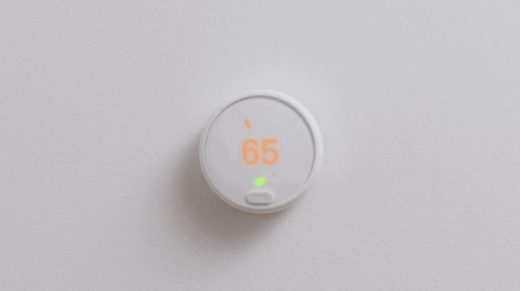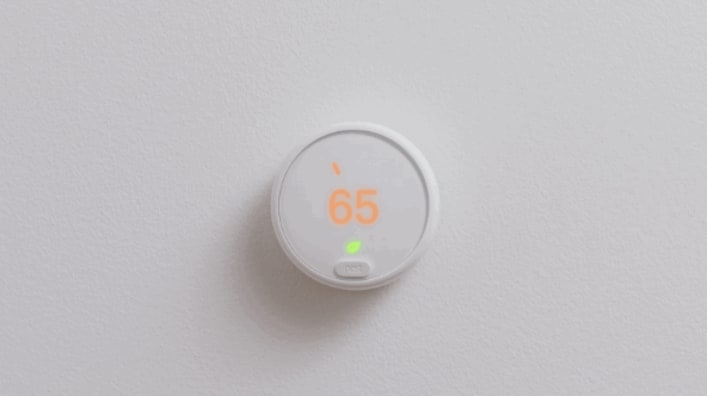Nest’s New $169 Thermostat Is For Folks Who Want To Save Money, Not Gadget Nerds
Since the first version of Nest’s Learning Thermostat debuted back in 2011, it’s sold for the same list price: $249. But according to Maxime Veron, Nest’s director of product marketing, the original pitch deck the company put together when it was seeking funding talked about a thermostat that would sell for significantly less than that. It’s just that it was hard to pull off what Nest was attempting to do while simultaneously hitting a low price point.
Six years later, Nest is finally ready to add to its thermostat lineup with a model designed with cost-conscious consumers in mind. Already the subject of scuttlebutt and leaks, it’s called the Nest Thermostat E. Veron says that the “E” stands for “everyone”—along with “Earth,” “energy savings,” and “everywhere.” It sells for $169, though rebates offered by utilities can drive the effective price down. (In Chicago, Veron says, a consumer who takes advantage of every available offer can essentially get one for free.) The price point puts it in range of “connected thermostats,” which typically sell for up to $150 and aren’t as smart and sensor-laden as Nest’s models and its direct competitors from companies such as Ecobee.
A lot hasn’t changed about the new thermostat, which runs the same software, talks to the same mobile app, and offers nearly all the same features as the current version of its $249 big brother. (The one thing it doesn’t do is show the current time and weather in views you can glance at from across the room.) Like all previous Nest thermostats, it’s round, with an LCD display in the middle and an interface you control by twisting an outer ring.
Aesthetically, though, the E is a signficant departure. It’s made of white polycarbonite (i.e., nice plastic) rather than metal, which Nest has tried to give a ceramic-like feel. And the company put a light gray polarizing filter in front of the LCD, giving the display a gauzy, subdued look rather than the crisp, smartphone-like appearance of its previous screens.
Like previous Nests, the new one is designed to be user-installable, with a push-button system for connecting wires that doesn’t require you to use a screwdriver. It’s compatible with 85% of home HVAC systems, down from 95% for the higher-end version. (Veron says that the reduction isn’t as much of a problem as it might sound, since the 10% of systems that work with the $249 model but not the $169 one are advanced ones of the sort found in households that are more likely to buy the top-of-the-line thermostat anyhow.)
Slideshow: Nest Thermostat E.
Overall, Nest’s goal with the Thermostat E is to build something that appeals to people who are interested in reducing energy costs rather than gadget enthusiasts who want everyone to notice they own a high-tech thermomstat. In fact, Nest isn’t marketing the new model as a “Learning Thermostat,” even though it’s just as smart as the costlier version. Its intelligent approach to adjusting the temperature based on factors like whether anyone’s at home can save a typical household $131 to $145 a year, Nest estimates, based on the big data it’s collected from all those thermostats it’s sold.
“The target customer for this is people who have other things to do besides talk about their thermostat,” says Veron. “We want to focus on benefits.”
Fast Company , Read Full Story
(28)














